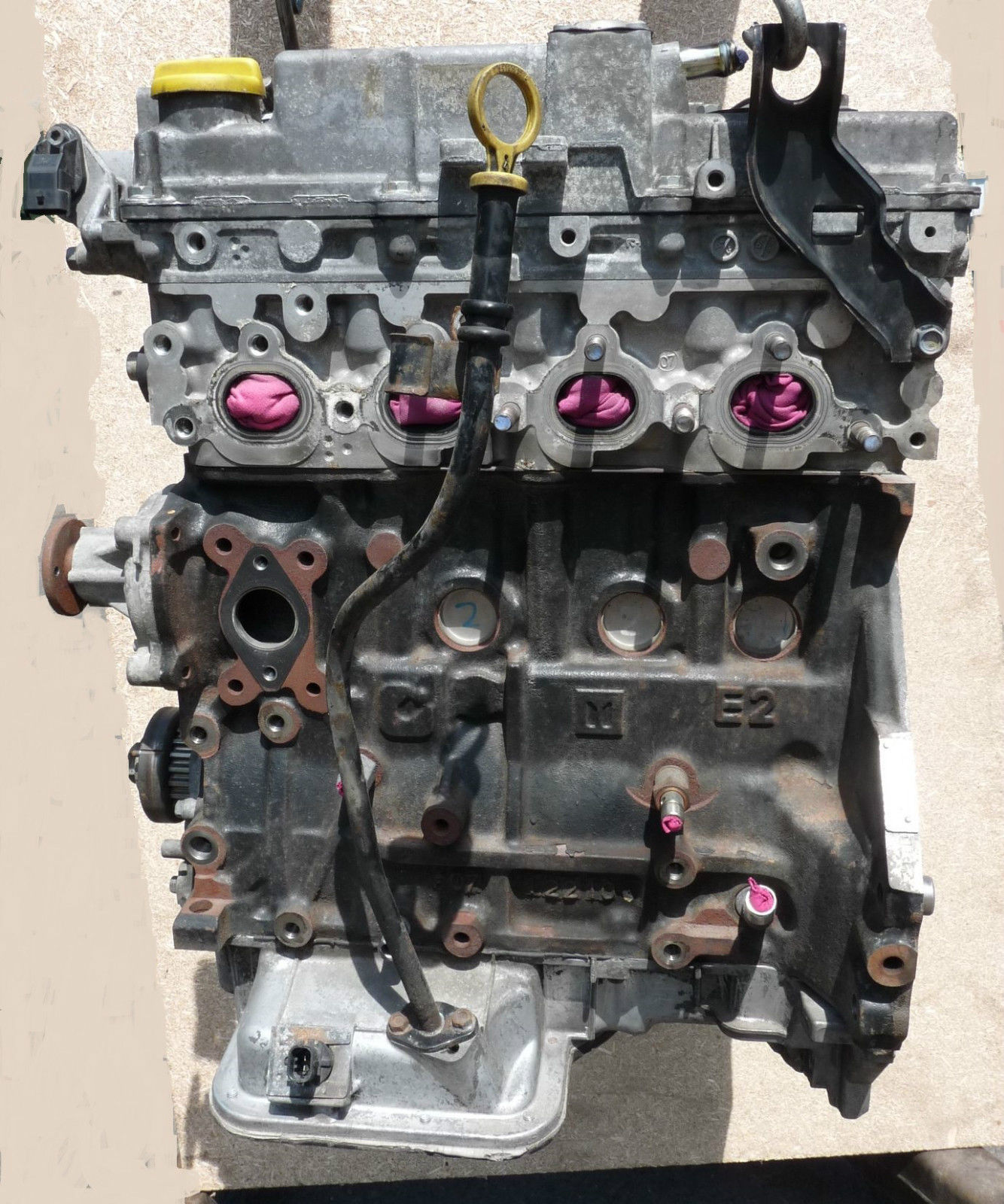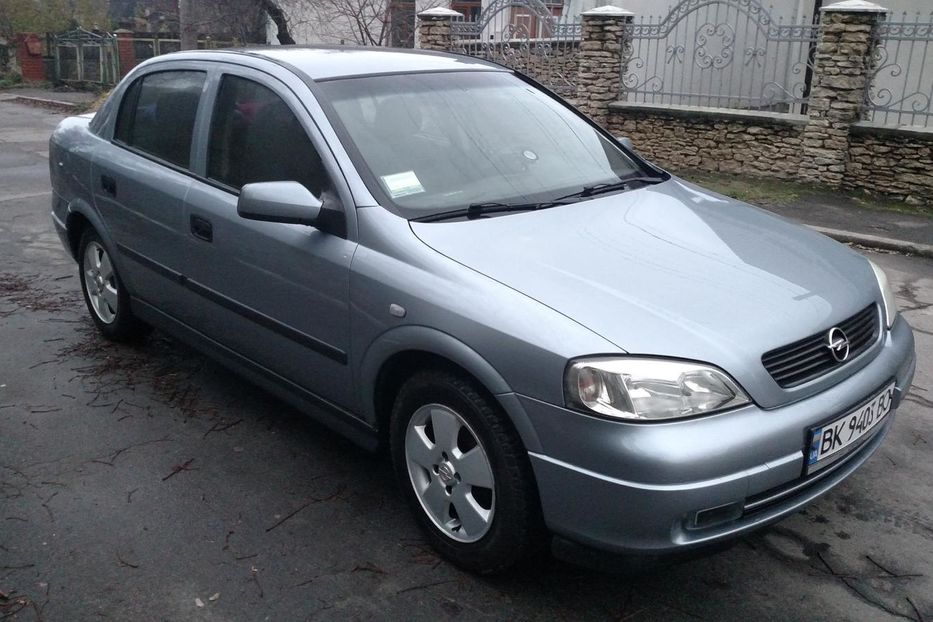
Opel Z17DTL, Z17DTR engines
Content
Power units Opel Z17DTL, Z17DTR
These diesel engines are very popular, because at the time of release, they were considered the most progressive, economical and productive internal combustion engines of that time. They corresponded to Euro-4 standards, which not everyone could boast of. The Z17DTL motor was produced for only 2 years from 2004 to 2006 and then was replaced by more efficient and popular versions of the Z17DTR and Z17DTH.
Its design was a derated Z17DT series and was an excellent option for installation on small cars with low power. In turn, the Z17DTR General Motors engine was produced from 2006 to 2010, after which the permissible emission standards were once again reduced and European manufacturers began to massively switch to Euro-5. These engines were equipped with a modern, progressive Common Rail fuel supply system, which opened up new possibilities for any power unit.

The simple and reliable design of these power units ensured reliability and maintainability. At the same time, the motors remained quite economical and cheap to maintain, which gave a lot of undeniable advantages over analogues. Subject to proper operation, their resource will easily exceed 300 thousand km, without serious consequences and global destruction of the piston system.
Specifications Opel Z17DTL and Z17DTR
| Z17DTL | Z17DTR | |
|---|---|---|
| Volume, cc | 1686 | 1686 |
| Power, hp | 80 | 125 |
| Torque, N*m (kg*m) at rpm | 170 (17) to 2800 | 280 (29) to 2300 |
| Type of fuel | Diesel fuel | Diesel fuel |
| Consumption, l / 100 km | 4.9 – 5 | 4.9 |
| engine's type | Inline, 4-cylinder | Inline, 4-cylinder |
| Additional Information | turbocharged direct injection | common-rail direct fuel injection with turbine |
| Cylinder diameter, mm | 79 | 79 |
| Number of valves per cylinder | 4 | 4 |
| Power, hp (kW) at rpm | 80 (59) to 4400 | 125 (92) to 4000 |
| Compression ratio | 18.04.2019 | 18.02.2019 |
| The piston stroke, mm | 86 | 86 |
| CO2 emission in g / km | 132 | 132 |
Design features and differences between Z17DTL and Z17DTR
As you can see, with the same data and generally absolutely similar design, the Z17DTR engine significantly outperforms the Z17DTL in terms of power and torque. This effect was achieved through the use of a Denso fuel supply system, better known to a wide range of motorists as Common Rail. Both engines boast a sixteen-valve turbocharged system with an intercooler, the work of which you can appreciate when overtaking and abrupt starts from traffic lights.

Common faults Z17DTL and Z17DTR
These engines are considered one of the most successful versions of medium-power diesel power units from Opel. They are reliable and with due care of operation are very durable. Therefore, most of the breakdowns that occur occur solely due to excessive loads, improper operation, low-quality fuel and consumables, as well as external factors.
Of the most typical breakdowns and malfunctions that occur in the internal combustion engines of these models, it is worth noting:
- difficult weather conditions, which are typical for most regions of our country, lead to increased wear of rubber parts. In particular, nozzle seals are the first to suffer. A characteristic sign of a breakdown is the ingress of antifreeze into the cylinder head;
- the use of low-quality antifreeze leads to corrosion of the sleeves from the outside and, as a result, you will soon have to replace the set of nozzles;
- the fuel system, although considered the main advantage, requires high-quality fuel. Otherwise, it can quickly fail. Both electronics and mechanical components break down. At the same time, the repair and effective adjustment of this equipment is carried out exclusively in the conditions of a specialized service station;
- like any other diesel unit, these engines often require cleaning of the particulate filter and the USR valve;
- The turbine is not considered the strongest part of these engines. Under excessive loads, it can fail within 150-200 thousand km;
- oil leaks. One of the most common problems not only in these models, but in all Opel power units. The problem is solved by replacing the seals and gaskets, as well as tightening the bolts with the necessary force recommended in the instruction manual.
If you can maintain this power unit effectively and correctly, you can get trouble-free operation for a long time.
It is also worth noting that the repair of these motors is also relatively inexpensive.
Applicability of power units Z17DTL and Z17DTR
The Z17DTL model was specially developed for light vehicles, so the second generation Opel Astra G and the third generation Opel Astra H became the main machines on which they were used. In turn, fourth-generation Opel Corsa D cars became the main vehicle for installing the Z17DTR diesel engine. In general, with certain modifications, these power units can be installed on any machine. It all depends on your desire and financial capabilities.

Tuning and replacement of engines Z17DTL and Z17DTR
The derated model of the Z17DTL motor is hardly suitable for modifications, since, on the contrary, it was made less powerful in the factory. Considering the options for reworking the Z17DTR, it is immediately worth noting the chipping of the power unit and the possibility of installing a sports manifold. In addition, you can always install a modified turbine, a lightweight flywheel and a modified intercooler. In this way, you can add another 80-100 liters. with and almost double the power of the machine.
To replace the engine with a similar one, today motorists have a great opportunity to buy a contract engine from Europe.
Such units usually covered no more than 100 thousand km and are an excellent way to restore the car's performance. The main thing is to carefully consider checking the number of the purchased unit. It must match that specified in the accompanying documents, be even and clear. The number is located on the left side at the place where the block and gearbox are attached.

